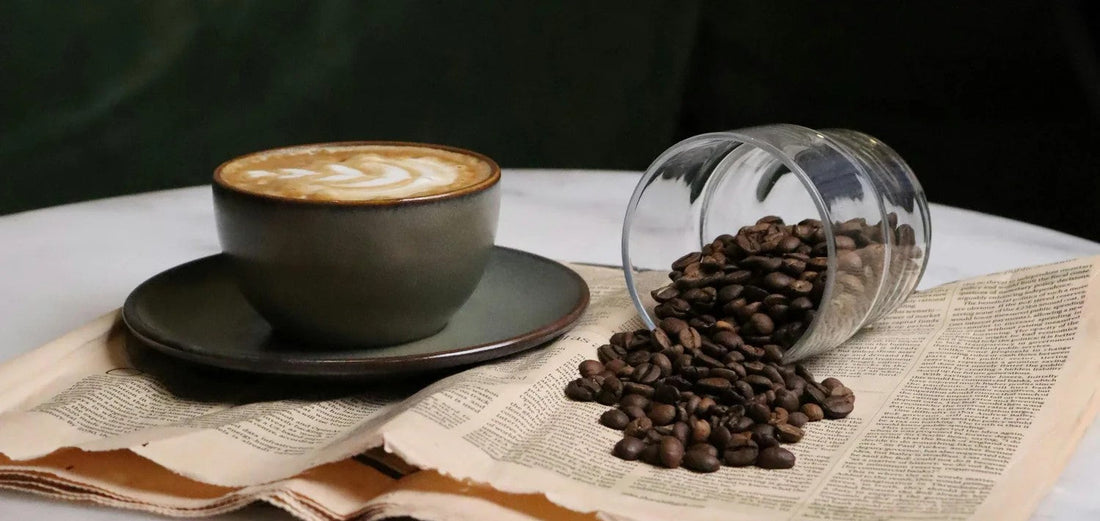
The Freshness Factor: How Fresh Is Your Coffee, Really?
Share
By F. L. Mesfin
For coffee lovers, few things compare to the aroma of freshly brewed coffee. But what exactly does “fresh” mean when it comes to your daily cup? While many associate freshness with the scent of just-ground beans, true coffee freshness is a delicate balance of roasting date, storage conditions, and brewing time. Understanding these factors can elevate your coffee experience to its full potential.
Why Freshness Matters
Fresh coffee isn’t just a trendy concept—it’s a science. The moment coffee is roasted, it begins to change. Complex flavors develop, gases release, and oxidation begins. Over time, these elements fade, leading to a duller, less flavorful brew. Maintaining freshness ensures that every sip bursts with rich aromas, balanced acidity, and subtle tasting notes.
The Coffee Freshness Timeline
Just Roasted (0-3 Days)
Freshly roasted coffee might seem like the ultimate goal, but it’s actually too fresh. During this phase, coffee undergoes degassing, where carbon dioxide (CO₂) escapes from the beans. While this process is natural, it can interfere with extraction, making the coffee taste uneven. For espresso, in particular, coffee needs time to settle before brewing.
Peak Freshness (4-14 Days)
After about four days, degassing slows, allowing for a more stable extraction. This is when coffee is at its best—full of rich, balanced flavors and vibrant aromas. Whether you prefer pour-over, French press, or espresso, this is the golden window for brewing.
Good Freshness (15-30 Days)
As coffee ages beyond two weeks, it remains enjoyable but begins to lose its complexity. The intricate tasting notes start to fade, and oxidation subtly alters the flavor profile. While still drinkable, it won’t be as bright or nuanced as in the peak phase.
Declining Freshness (30+ Days)
Once coffee surpasses the one-month mark, it noticeably stales. While it won’t go bad in the same way perishable foods do, it will taste flat and lifeless. Improper storage can accelerate the process, leading to off-flavors from moisture or other strong odors.
The Role of Grinding in Freshness
If whole beans lose freshness over weeks, ground coffee loses it in minutes. Grinding exposes more surface area to air, speeding up oxidation. The best way to preserve freshness? Grind only what you need, right before brewing. This small step makes a big difference in the quality of your cup.
How to Keep Coffee Fresh Longer
To extend the life of your coffee and enjoy it at peak flavor, follow these expert tips:
✔ Buy Whole Beans – Always opt for whole beans and grind them just before brewing. ✔ Use an Airtight Container – Oxygen is coffee’s worst enemy. Store beans in an opaque, airtight container to slow oxidation. ✔ Keep It Cool and Dry – Avoid the fridge or freezer, as moisture can damage the beans. Instead, store them in a cool, dark place. ✔ Purchase in Small Batches – Buy only what you’ll consume in a few weeks to prevent stale coffee.
Final Thoughts
Fresh coffee isn’t just a marketing buzzword—it’s the secret to a superior cup. The best coffee is consumed within two weeks of roasting, ground right before brewing, and stored properly to maintain peak flavor. By mastering the freshness timeline and using proper storage techniques, you can enjoy coffee as it was meant to be—bold, aromatic, and absolutely delicious.
